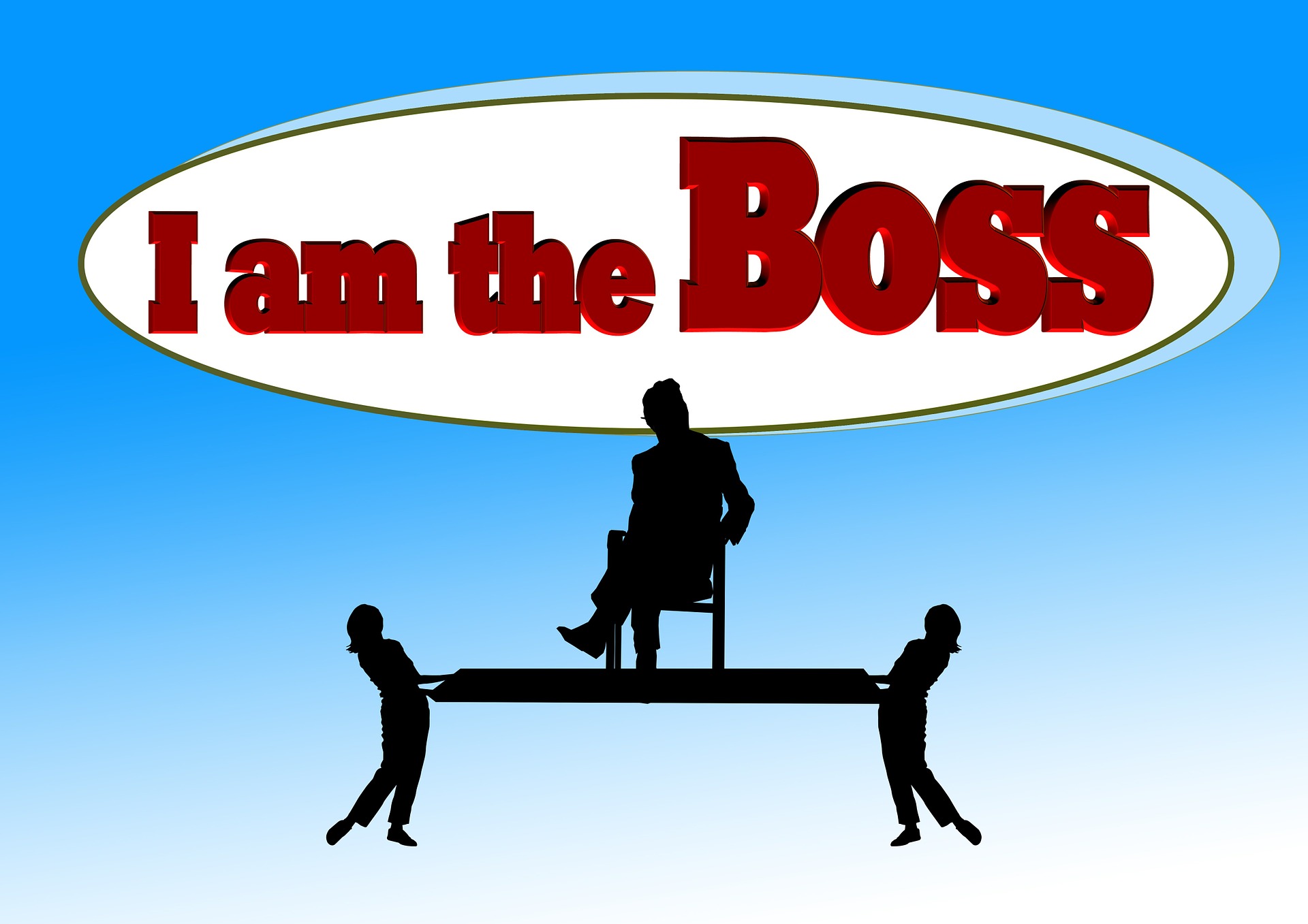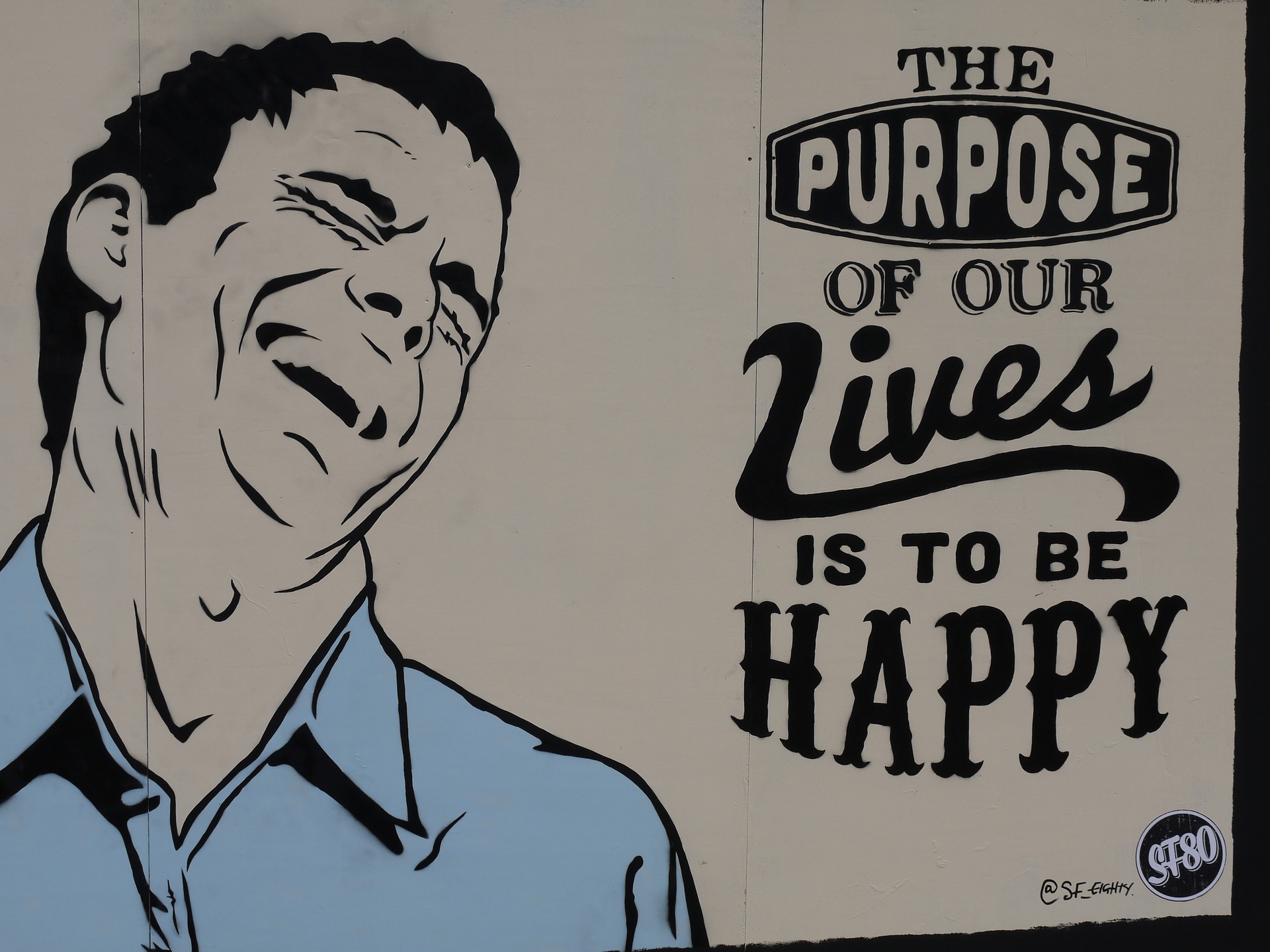
THREE WAYS TO DISCOVER YOUR TRUE PASSION
Figuring out how to be more effective with how we work, relate and live is also neither simple nor clean. But it doesn’t have to be as complicated as we tend to make things out to be. As a society, we love to analyze, overanalyze and then add some analysis on top. Should I? Could I? Did I? What if? Yeahbut, nobut, yeahbut… No. what if we could simplify the sausage-making of living our lives more fully, with greater authenticity and increased mindful intention?
In January 2016, the New York Times caught onto the work of Bernard Roth, a Stanford professor who has figured out how design thinking can help the many millions of people who feel “stuck”—at work, in a relationship and so on—get unstuck. His book, The Achievement Habit, challenges people to push past the easy and default excuses.
For many of us who are tired of people asking us, “What do you want?” or “What’s your passion?”we have exhausted brains coming up with what we “should” be doing. We think and think and think and try and try and try, yet we haven’t quite figured out our passion, or we cannot quite figure out how to do it.
By using the elegant framework of design thinking, instead of complicating an already-complex situation called life, we can be better about finding an elegant solution by asking the right questions to meet our real needs.
1. Listen.
One of the key tenets behind design thinking is empathy. That is, to truly understand the other person’s needs rather than what we assume that person needs. It is the first step to understand the root issue that needs to be solved. Similarly, we must begin by being empathetic with ourselves. Yet we are often our own worst critics. If we turn an empathetic ear and truly listen to ourselves without judgment or criticism (You want to be a ballerina? Tell me more…), we might just get a better idea of what our true selves want—not what someone else (including your own critics) tells you what you want or don’t want.
2. Question your answer.
We often declare something we want, but can’t figure out how to get it or why we’re having trouble getting it. What we think is the answer may in fact only be the starting point, a question that needs to be peeled back to discover another layer of the onion. We want a new job. We want to be promoted. We declare these statements as our goals, but get stuck in achieving them. Instead,consider the why. Why a new job? Why a promotion? What is the root issue behind the declaration? Perhaps we don’t really want a new job, but we’re seeking growth and meaning in our work that we’re not currently finding. Is a new job the only solution or are there other things we can try without leaving our current job? Reframing the issue can help unpack the real question and help us move forward.
3. Stop trying – Take a leap.
Even though it seems everyone gets a prize for effort and participation these days, trying and trying and trying sometimes seem like Sisyphus rolling the stone up the hill, only to have it roll back down. We may be expending too much energy on “trying” but not actually doing. Imagine you want to go skydiving. Standing on the airplane doorway with your parachute ready to go is evidence of really trying. But if you never jump, you’re never actually skydiving. You’re just trying. You could spend days and months and years, and a lot of money making the attempt. But no matter how many times you go up on that airplane, no matter how many different packs you put on, and no matter how many instructors you have, you will never sky dive until you jump. Jump.
From – https://www.success.com






